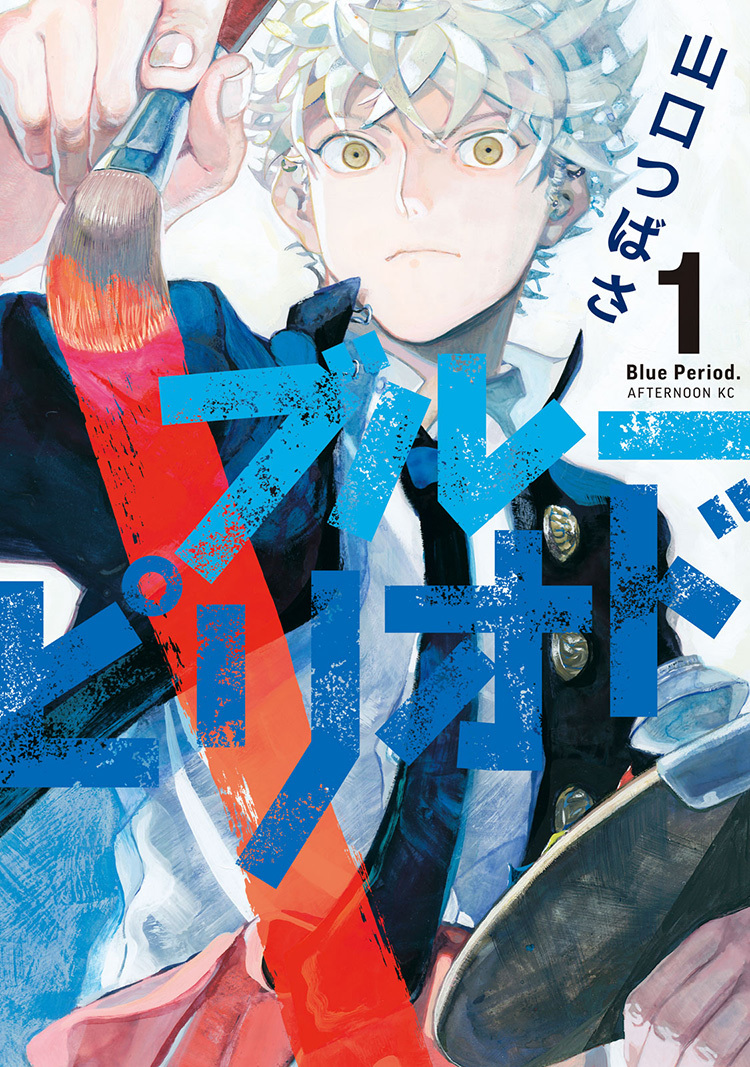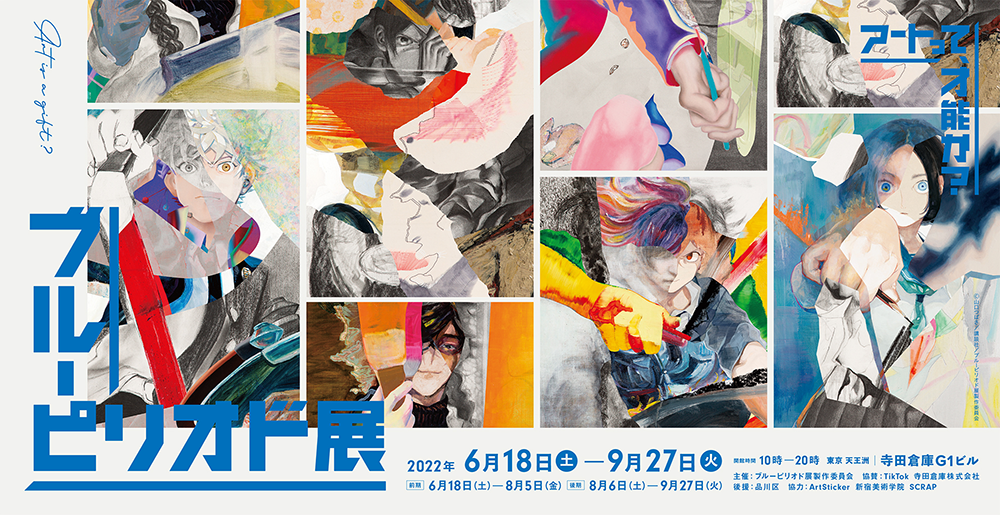Note: This website was automatically translated, so some terms or nuances may not be completely accurate.
By deeply analyzing hit works, you can understand the desires of the next era!
In this series, members of Dentsu Inc.'s new consumer research project " DENTSU DESIRE DESIGN (DDD) " introduce their approach to consumer insights starting from "desire" and future developments.
<Table of Contents>
▼ Hit Works Are a "Treasure Trove" of Information for Marketing
▼ New Desires Are Created Through "Stories"
▼ The New Desire Born from "Blue Period": The "Self-Expression Desire" Theory
▼ The Future of Desire, Decoded from Hit Works During COVID-19
▼ How to Create Stories That Generate Desire
Hit works are a treasure trove of information usable for marketing
The "FUKAYOMI" team, a subcommittee of DDD, attempts to capture the budding values and desires likely to become mainstream in the near future. This is done through deep analysis of stories—represented by films, novels, and manga—especially hit works that have captivated large audiences.
Furthermore, by examining the narrative techniques and structures these works employ to influence audiences, we are also modeling storytelling as a marketing methodology. In fact, hit works are a treasure trove of information that can be leveraged for marketing!
This article explains why and how we extract desires from stories, the desires of the Japanese people one step ahead, as revealed through recent hit works, and hints for applying this to marketing.
New Desires Are Created Through "Stories"
Impossible settings, overly cool characters, heart-pounding developments. Despite being entirely crafted by creators, stories captivate people and often profoundly influence viewers' values. Many likely have works that impacted their worldview. Why do stories possess such power?
FUKAYOMI believes it's because watching a story triggers "desire generation," "desire resolution," and "value renewal." For example, the first half presents a problem the audience wants resolved, which is then solved at the climax, bringing satisfaction. Furthermore, by emotionally investing and witnessing this process, viewers relativize and reflect on their own worldview.
What's crucial is when such stories become hits. A hit can be seen as the result of a large audience resonating with the desire born from the creator's personal concerns and the resolution method proposed by the creator. More than anything, it shows that a large number of Japanese people who witnessed the same content at the same time could gain similar new values from it and express similar new desires toward a future just half a step ahead!

At "FUKAYOMI" ( ), we extract and analyze the structure of "desire generation," "desire resolution," and "value renewal" occurring within the minds of those who experience hit works, in order to discover these "desires of the near future."
The New Desire Generated by "Blue Period": The "Self-Expression Desire" Theory
As an example, let's delve deeper into the Tokyo University of the Arts entrance exam arc of "Blue Period," winner of the 2020 Manga Taisho Award. (Spoilers follow. Skip here if you don't want to know.)
While this work, a coming-of-age story about a protagonist immersing themselves in the art world, is often categorized within the lineage of "arts-focused sports manga," we perceive its essence as posing the intense question: "Are you truly living as your authentic self?"

The protagonist, Yaguchi Yataro, was an academically gifted, slightly mischievous student living a fulfilling life. However, a certain event propels him into the unfamiliar world of art. Overcoming various difficulties and setbacks associated with self-expression, he ultimately achieves admission to Tokyo University of the Arts. The clear generation and resolution of desire—"I want my efforts to pay off" ⇒ "They paid off!"—combined with his remarkable achievement of success in under two years starting from zero experience, creates a powerful resonance with readers who wish to be like him.
However, FUKAYOMI's analysis doesn't stop there. It delves deeper, stating that what Hachitora experienced was "the reality of self-expression, putting one's true self out into the world."
Before discovering art, Hachiro had crafted a version of himself that society would praise. This was a fake self built on the "outside" of his true self, so praise brought little real feeling, and criticism caused little real hurt. Art, however, is an expression of the "inner self" – in other words, one's own "sensibility." Praise for this feels like soaring to heaven, while criticism feels like hell. Because what is being judged is undeniably "the self itself."
Witnessing this process, readers might ask themselves:
"Am I also living a life tailored to society's expectations?"
"How amazing would it feel to express myself?"
"It's a little scary, but I want to try competing as my true self,"
Such values might emerge.
Furthermore, let's imagine what new desires might emerge as these values take root.
- Rethinking the balance between rice work (main job) and life work (hobbies). Wanting to pursue creative activities in free time.
- Early retirement → a path to self-realization. Wanting to switch to a life's work that allows one to truly enjoy the latter half of life
- A shift from design thinking to art thinking. Wanting to follow one's own will—what one wants to achieve—rather than what society demands.
What do you think? Am I reading too much into this? Or is this a plausible future?
The Future of Desire, Decoded from Hit Works During COVID
Using the same method, "FUKAYOMI" thoroughly analyzed hit works from 2020 to 2022 and discovered several trends in the "new desires" discernible from the hits of this period.

In today's world, where societal uncertainty and complexity have increased due to various recent events, the life models once set by Japanese people no longer hold meaning. We must now create our own way of living by questioning our inner selves and acting on our own will. From the above trends, I sense not so much desire as a resolve, a determination.
How to Craft Stories That Spark Desire
Storytelling is gaining attention in various business contexts. Increasingly, it's being adopted not just as a marketing technique but as a management skill.
It's known that conveying not just functions and facts, but also the background, emotions, and anecdotes behind them, creates a strong impact and commitment. However, the current reality is that there's often a lack of clear guidance on what to structure and how to convey it effectively, with reliance on the creator's intuition being common.
This is where "FUKAYOMI" comes in. Through analyzing hit works, we also examine the specific narrative techniques and structures each piece uses to influence viewers' values. For example, this methodology:
- Developing the paradox that past pain and negative experiences lead to the current wonderful situation
- Establishing a clear, defeatable enemy (challenge), then overcoming it at the last moment despite being cornered
- Establishing an adversary (challenge) that is far beyond the capabilities of a single individual, then overcoming it through cooperation with diverse allies
- Revealing that deeply personal preferences or feelings underlie events achieving significant societal impact
- Leaving room for imagination by not presenting definitive answers, not clarifying where justice lies, and blurring the line between reality and fiction, etc.
How does this apply to the aforementioned "Blue Period"? I believe the key lies in Yaguchi Hachiro being a "real-life success." In other words, he had no reason to despair in the world of self-expression and could have turned back at any time, yet he persisted on the path of art. What did Hachiro want to win, even at the cost of deep wounds? Isn't this where we see excellent storytelling?
Incidentally, the "Blue Period Exhibition: Is Art About Talent?" ( details here ) is currently being held in Tennozu, Tokyo. Packed with immersive installations that draw you into the world of the artwork, it might allow you to retrace Yaguchi Hachiro's journey.
At "FUKAYOMI," we analyze the latest hit works daily, building an archive of "the budding of new desires" and "the rhetoric and structure that create desire." If you're struggling with insight analysis for campaigns or business development, only uncovering the "obvious," or if you have abundant story-worthy elements but are unsure how to craft them into a narrative—why not join us in finding your next move from the treasure trove of hit works?
[Contact]
DENTSU DESIRE DESIGN (Dentsu Inc.デザイアデザイン)
ddd-project@dentsu.co.jp
【Blue Period Exhibition Overview】
Exhibition Title: "Blue Period Exhibition ~ Is Art About Talent? ~"
Dates: Saturday, June 18, 2022 - Tuesday, September 27, 2022
(First Half: June 18 (Sat) - August 5 (Fri) / Second Half: August 6 (Sat) - September 27 (Tue))
Hours: 10:00 AM - 8:00 PM ※Last admission 30 minutes before closing
Venue: Terada Warehouse G1 Building, Tennozu, Tokyo (2-6-4 Higashi-Shinagawa, Shinagawa-ku, Tokyo)
Official Website: https://blueperiod-ten.jp/
*Dates and times are subject to change.

Was this article helpful?
Newsletter registration is here
We select and publish important news every day
For inquiries about this article
Back Numbers
Author

Naofumi Sato
Dentsu Inc.
Second Marketing Bureau
Planning Director
Armed with humanities knowledge from throughout history and across cultures, I operate as "The Director," whose domain encompasses "everything that improves society"—from business growth consulting and planning development to marketing strategy and workshops. Occasionally a screenwriter.




